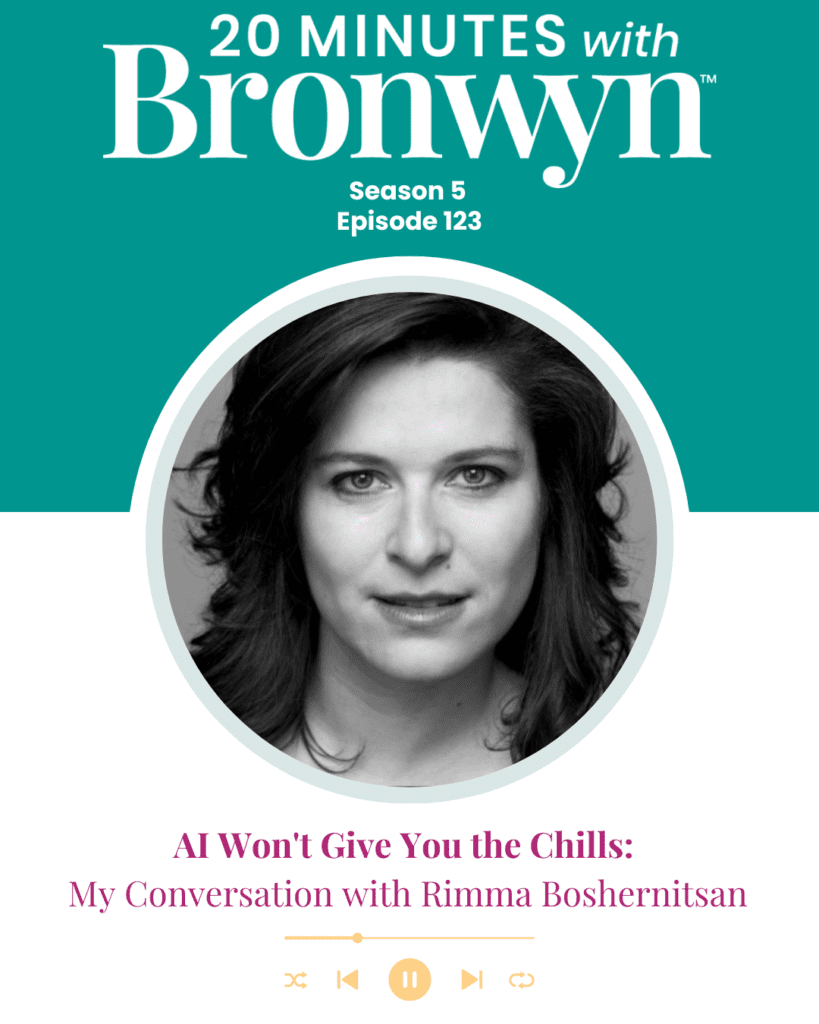Having finally watched the much anticipated ESPN interview from last night, I am breathing a sigh of relief. As you may have seen in my previous posts, I have been hoping for a good solid comeback, but wasn’t seeing many signs of life. Looking back at Tiger’s public interactions since December, it’s been a strange mix of obstinate silence (especially during those first 48 – 72 hours) and a series of quasi self-revelations. Sunday’s appearance showed us a more patient, vulnerable, and frankly likeable Tiger Woods than we saw at his recent press conference.
(Why they conducted the interview standing up, as if it was fresh off of 18 holes, I cannot imagine. Were they trying to avoid the “Oprah’s couch” cliché? Kudos for choosing casual golf wear for his attire… helps us remember Tiger as he was, and will be – a key part of golf culture).
Don’t Go There
While, as I’ve mentioned before, I’m not a huge fan of over-delivery of key messages (ahem, Sarah Palin), I am absolutely a fan of determining where the boundaries of conversation exist, and politely, but firmly sticking to said boundaries. During the interview, there were a few instances where Tom Rinaldi asked questions of Tiger Woods that violated “sacred space.” For example, when asked about the kind of treatment he was undergoing, Tiger very firmly stated, “that is a private matter.”
But notice what happens next: rather than bristling, and getting defensive and annoyed by the interviewer (see Nicole Kidman during the infamous Andrew Marr interview when the questions veered into Scientology) Tiger patiently and honestly elaborated on what he could say about his treatment experience:
“That is a private matter. But it was tough… to look at yourself in a light that you never wanted to look at yourself… I saw a person that I never thought I’d become.”
That is a “needs based” approach to challenging Q&A situations. Tom Rinaldi (by proxy for the rest of us) needed insight into Tiger’s recovery. Tiger Woods needs to keep some areas of his recovery sacred. By recognizing Tom’s valid need for insight into his recovery process, Tiger gives a good, honest answer that still maintains the boundaries he has set. Everyone wins. Too often, people stonewall, panic, and become uncomfortable to watch when questions veer into sacred space territory.
Give Them What They Need
Here’s the thing: the public may want to know exactly how many women Tiger Woods slept with, or whether or not Elin came after him with a golf club, but the public doesn’t actually need to know the answers to these questions. (Incidentally, both questions were broached during the interview in so many words, and neither was answered).
What we do need to know is the truth about who Tiger Woods is. Then, and only then, can we make a real decision about how much we like him. And if this sounds a bit voyeuristic and bizarre, this is what it takes to win back “hearts and minds” which then bring back the big sponsors, and put Tiger back into the driver’s seat of his own career.
The guidance Tiger Woods received going into this interview was correct. What emerged was a flawed, but potentially likeable person who is in fact very nervous about people’s reaction to him at the Masters. It was a pleasure to see him light up at the thought of getting back onto the course with his friends, and for a moment, we saw a glimmer of what he might become : one of the greatest comeback stories in recent history.
Show us what’cha got, Tiger. We’re ready now.















